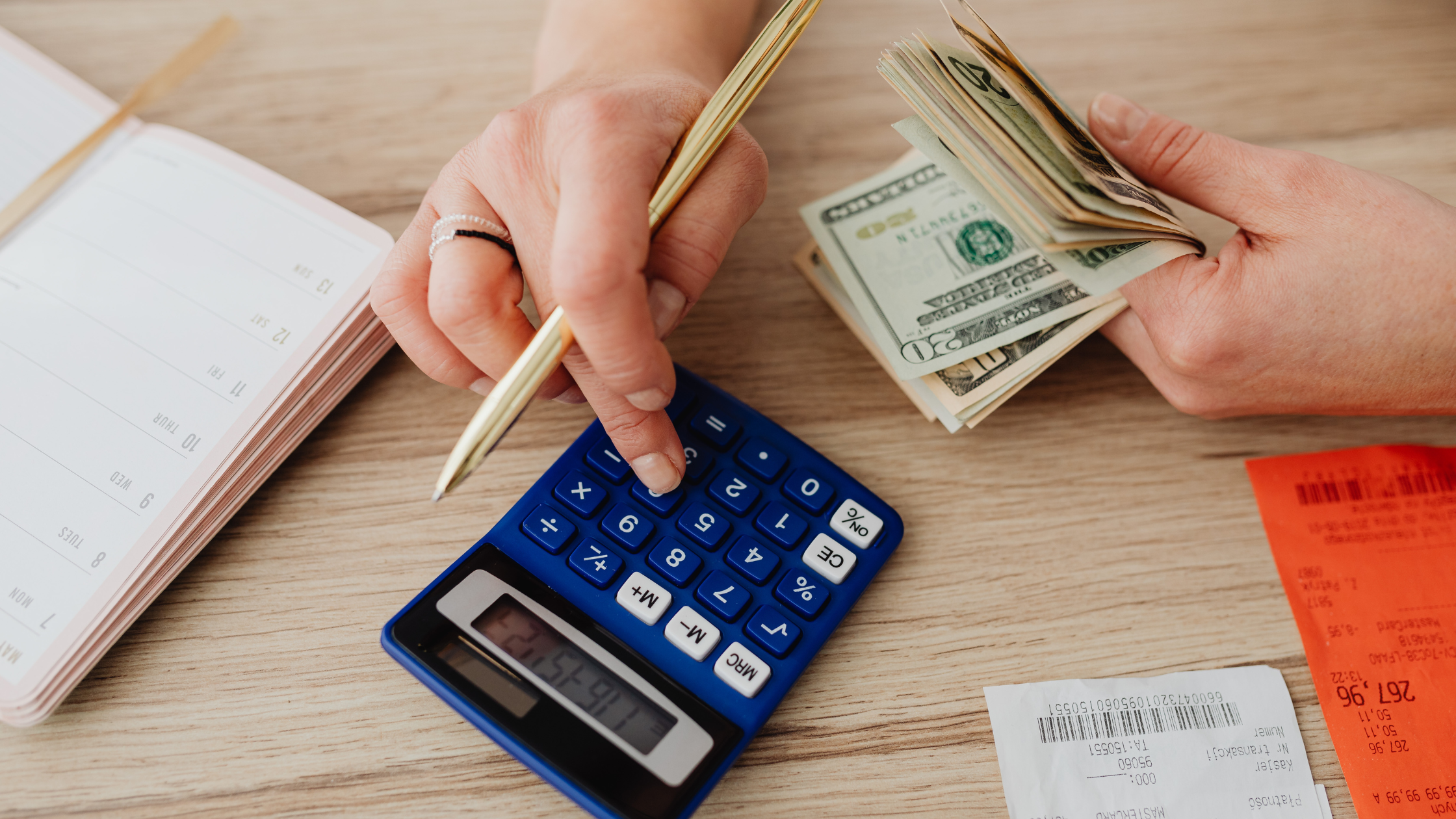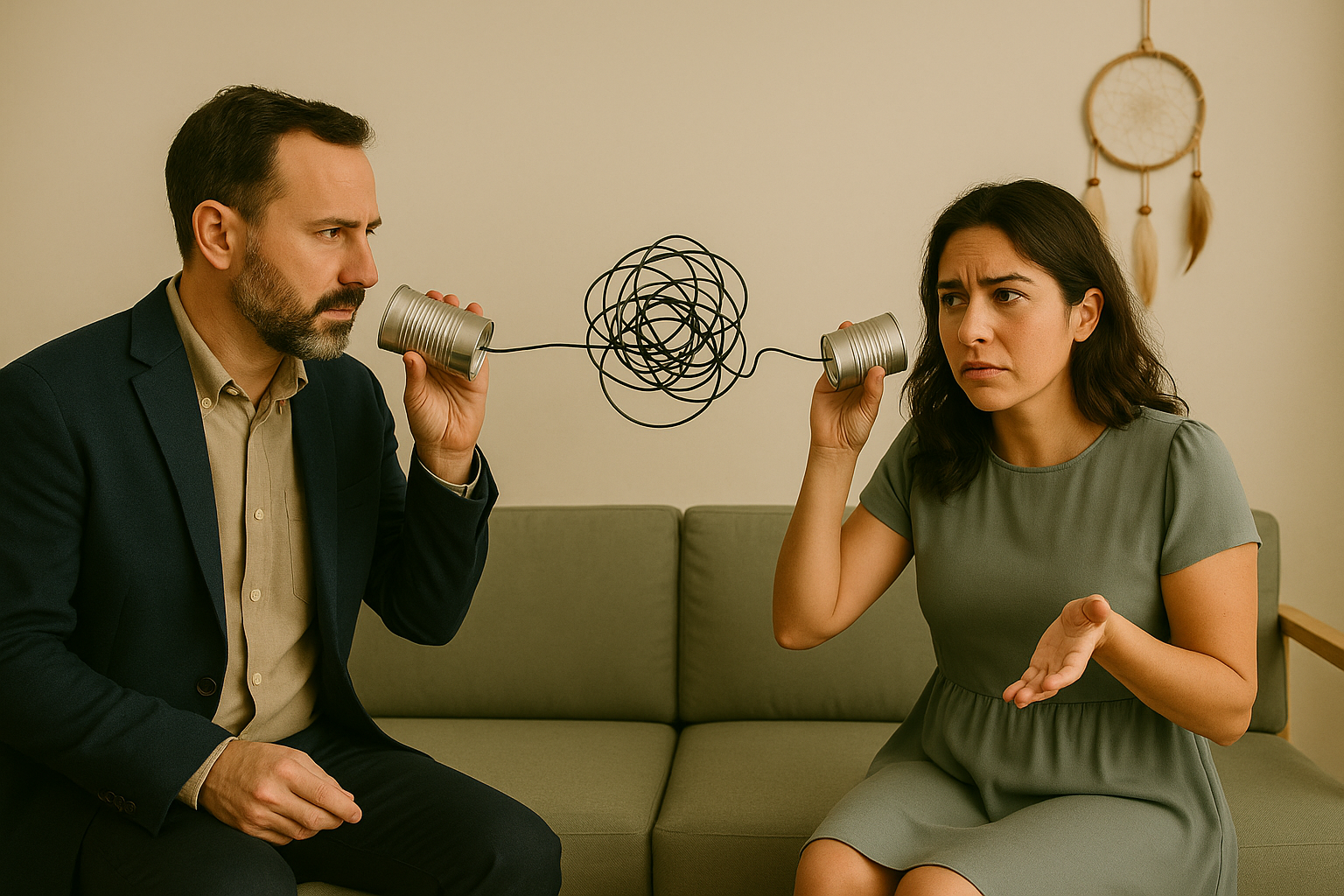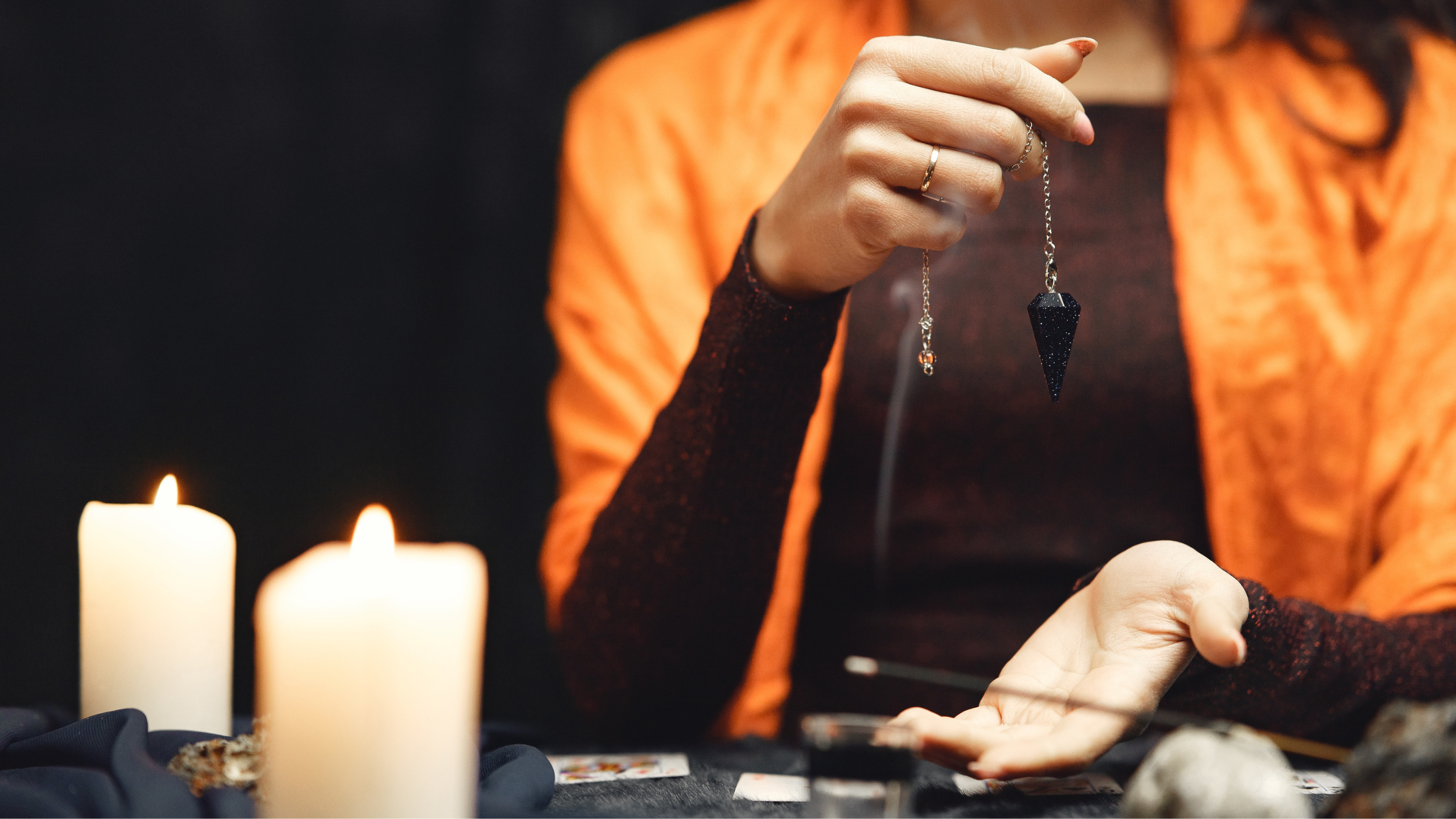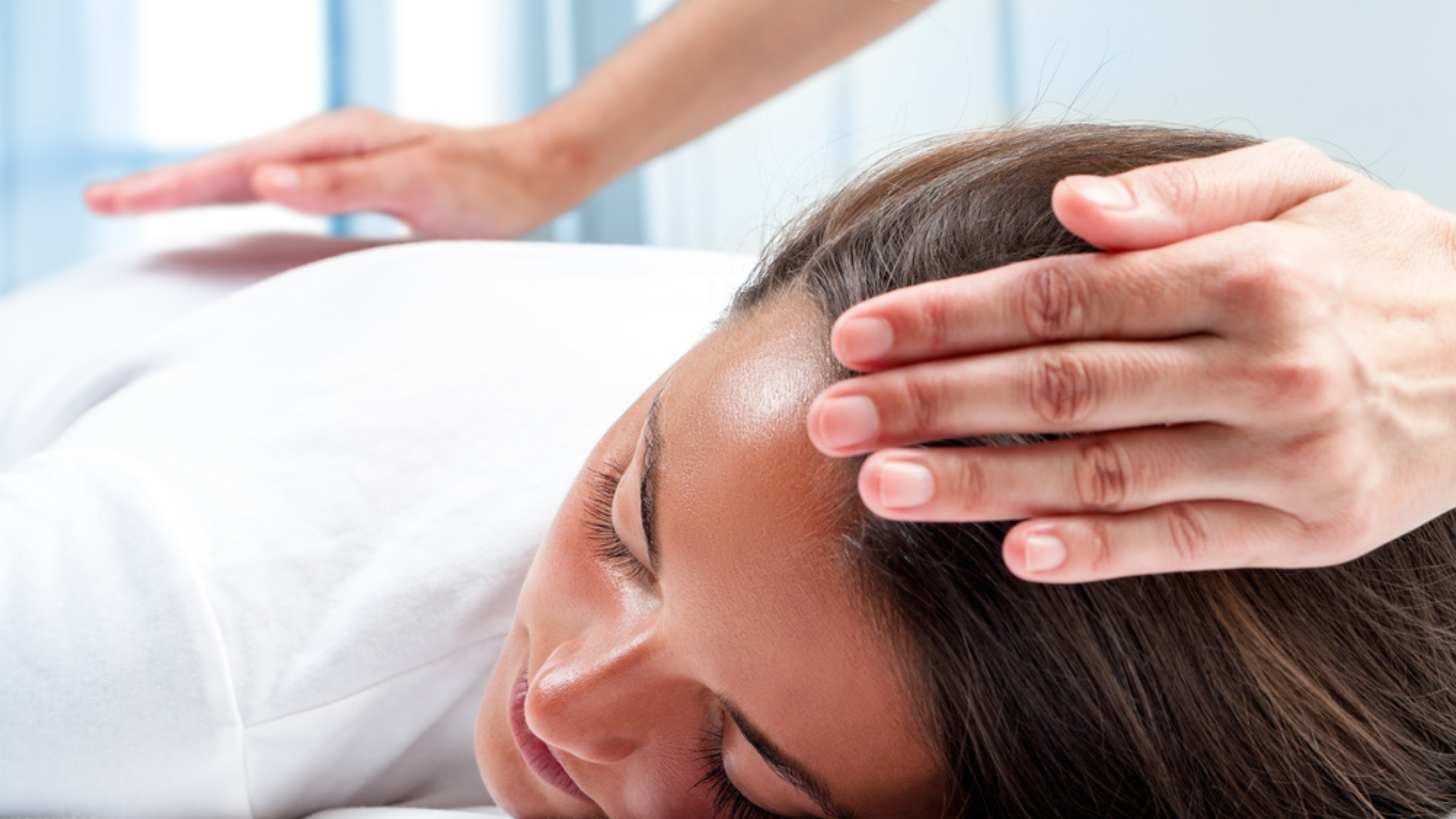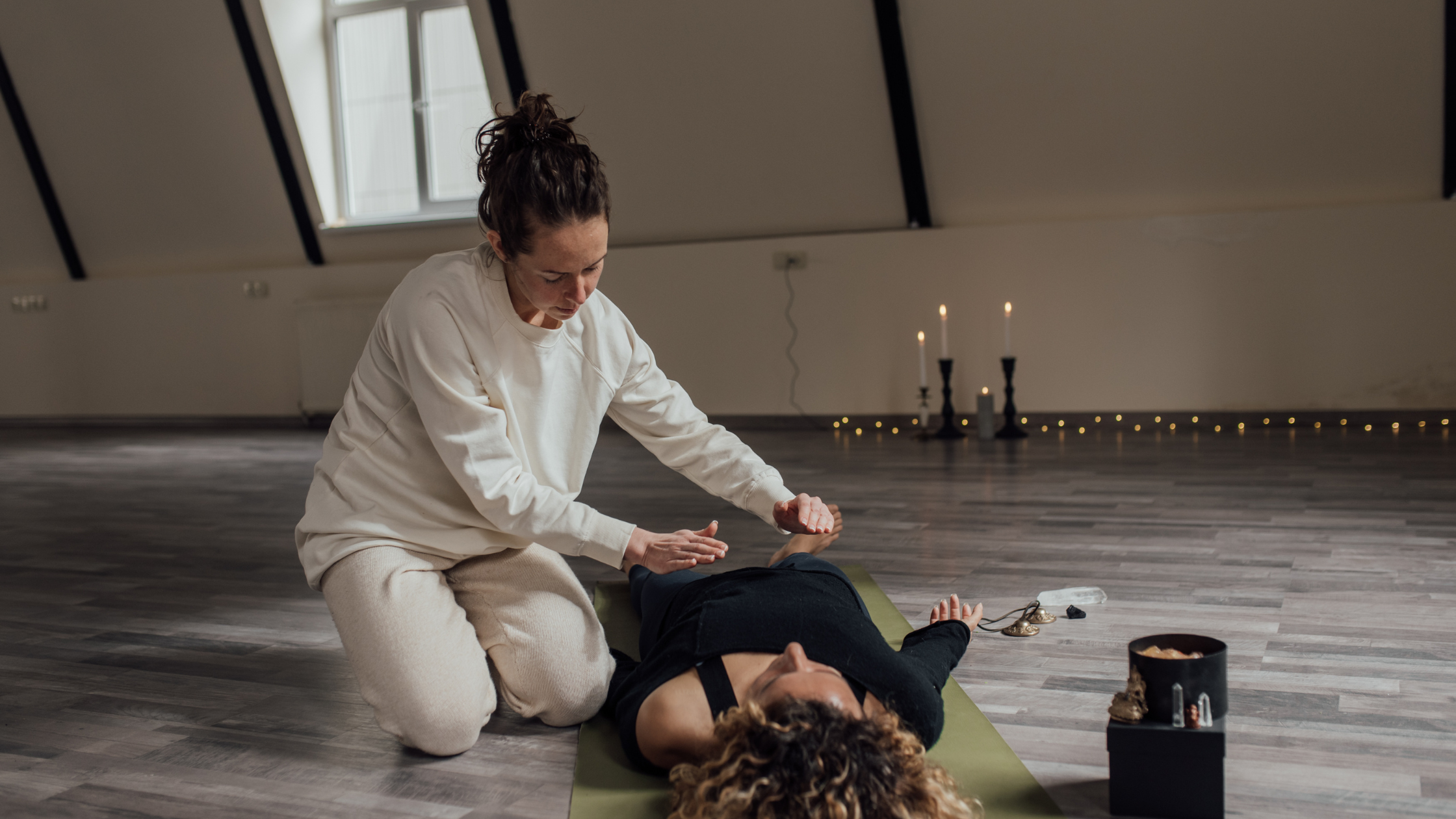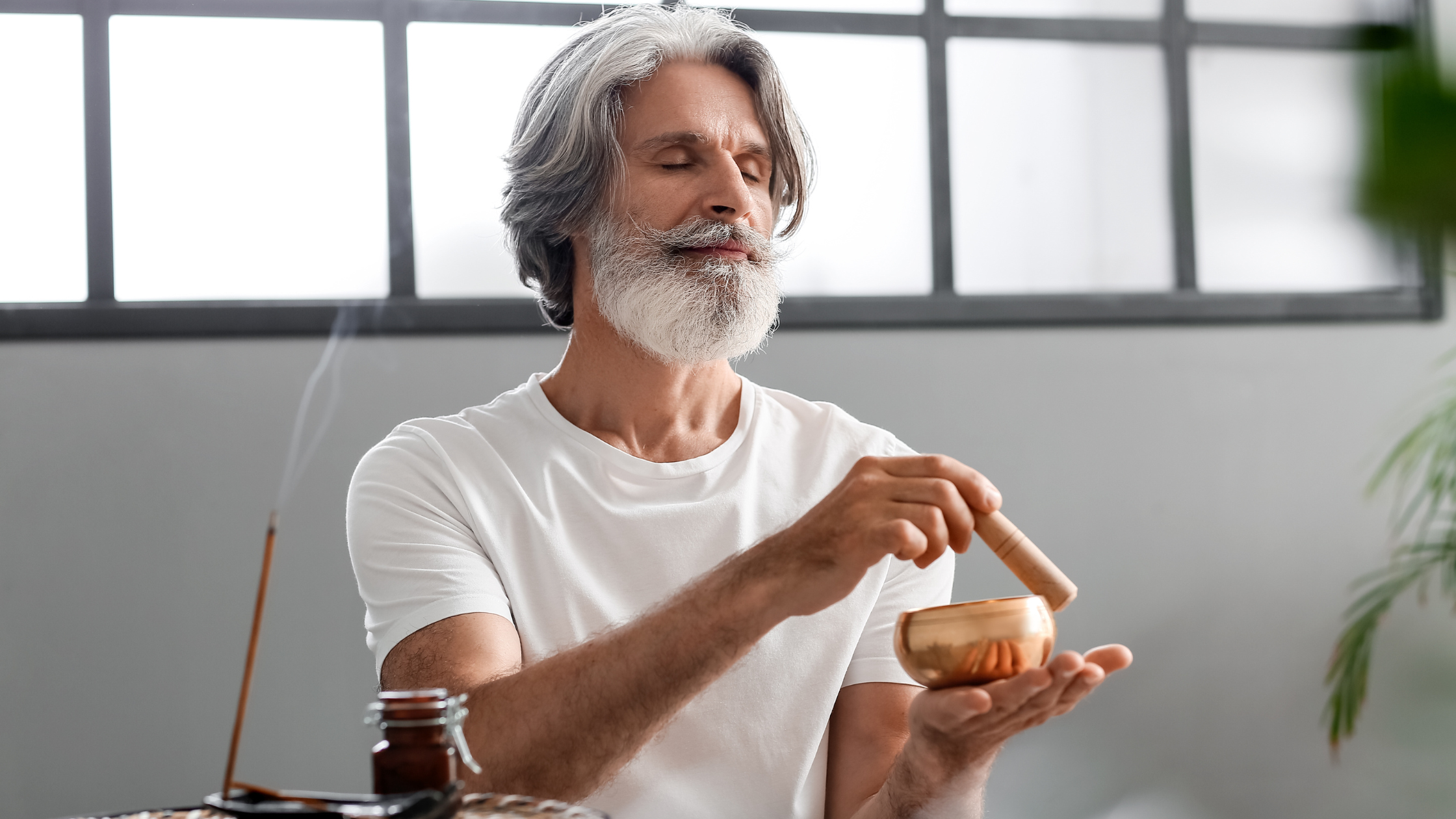You light a calming candle. Set out your crystals. Maybe you add a drop of lavender oil to your hands. Everything feels intentional, grounded, supportive. The session hasn’t even started yet, and already your client is more relaxed.
And then, days later…you get an email.
Their skin broke out. They want to talk about what you used. And now, you’re wondering if something so simple, so gentle, could put your entire practice at risk.
If you’ve ever used essential oils, crystals, flower essences, or even tuning forks as part of your sessions, this article is for you. Because even when your tools are safe and well-loved, the way you use them (and talk about them!) matters.
At EMPA, we help healers understand what’s covered (and what isn’t), so you can practice confidently and professionally without fear of the unexpected.
Let’s talk about how to stay protected when you use supportive items in your healing work.
 Can You Be Sued for Using Essential Oils or Crystals?
Can You Be Sued for Using Essential Oils or Crystals?
One of our members offered a session using oils. Everything seemed fine…until the client had an allergic reaction to almond oil during the session, and required emergency care. She hadn’t mentioned any allergy, and the practitioner did not know. Following this incident, a claim was filed. (Fortunately, as an EMPA member with liability insurance, this claim was covered!)
Often, a claim arises not because you acted negligently, but because the client experienced an unexpected or negative outcome.
This is the reality of risk in healing work.
You don’t have to do something wrong to end up on the receiving end of a complaint, claim, or lawsuit. A strong emotional response, an unexpected reaction, or even just confusion about what was used can lead to trouble.
This is why safe practice tools and processes and professional liability insurance exist; because the work you do still carries responsibility.
 How to Talk to Clients About Oils, Crystals, and Consent
How to Talk to Clients About Oils, Crystals, and Consent
Most energy healers use their support with care and respect. However, it’s easy to forget that these tools still need explanation and permission.
Start with clear, simple communication. If you’re using essential oils, offer the client options to set their own boundaries.
Say things like, “This is lavender oil. Is it okay if we use this today?” or “Would you like me to place this crystal here?” Even checking in with, “Do you have any allergies or sensitivities to this item?”
 One practitioner does this beautifully: after the client signs their agreement containing the scope of practice and informed consent, the practitioner asks if they’re comfortable with oil on their feet. Then she places the oil in the client’s hand and asks if they’d like to apply a drop to their own wrist.
One practitioner does this beautifully: after the client signs their agreement containing the scope of practice and informed consent, the practitioner asks if they’re comfortable with oil on their feet. Then she places the oil in the client’s hand and asks if they’d like to apply a drop to their own wrist.
It’s simple, respectful, and keeps the client in control of their experience.
Clients aren’t passive participants. If they’re lying there without knowing what’s happening, they may start to question or even tense up; “What are they doing? What’s going on?” That uncertainty can affect the entire session.
By offering brief explanations and asking for permission as you go, you create a more relaxed, open environment where the client feels at ease and ready to receive. This may facilitate a better healing atmosphere for you both.
So, taking a moment to ask shows your client that you respect their comfort and want them to feel involved and informed with the healing process.
Another safe practice we strongly advocate: avoid promises or language that guarantees results. For example:
- Instead of “This oil will detox your liver,” try “This is intended to support the body’s natural cleansing processes.”
- Instead of “This crystal will help clear your trauma,” you might say “Many people use this stone for emotional grounding.”
Remember: safe practice isn’t just what you do, but also how you describe it.
 How to Document the Use of Support Tools in Your Practice
How to Document the Use of Support Tools in Your Practice
Verbal consent is very important, but written documentation is what protects you if questions ever come up later.
Any time you use oils, crystals, flower essences, sound instruments, or other items, include them in your client agreement and informed consent forms. Be specific about the type of item, the role it plays in your work, how it’s used, and whether the client has a choice in how it’s applied or introduced.
For example:
- If you use essential oils, list the names of the oils you commonly work with
- If crystals are placed on or around the body, describe that placement and purpose
- If you use tuning forks or bowls, explain how they’re used in proximity to the body
- Allow the client the option to choose
Even if these tools are used in an energetic or supportive way, it helps to name them clearly and set expectations. The more you document, the less room there is for confusion or surprise, and the more professional your practice becomes.
 What EMPA Insurance Does & Doesn’t Cover
What EMPA Insurance Does & Doesn’t Cover
EMPA offers a bundle including professional and general liability insurance to protect your practice. It is important to note, when it comes to supportive items, EMPA coverage focuses on you, the practitioner, not the item itself.
To be clear: if you’re working within your covered modality and a supportive item is used as part of that session - in the air, topically, or energetically - you are protected for the work that you do. EMPA does not cover:
- The sale or ingestion of any substances (including oils, supplements, or herbal remedies)
- Invasive devices like PEMF machines, ozone tools, lasers, or any equipment that acts on the body
- Situations where a product, rather than your work, is the focus of the claim
A lot of practitioners use oils, crystals, and other supportive tools in their sessions, which can be a wonderful inclusion in our line of work! We don’t want you to feel discouraged; you can incorporate these items safely and professionally.
The key to staying protected comes down to communication and permission, documentation, and clarity about how you use them.
You don’t need to stop using crystals, oils, or sound tools. You just need to use them with the right procedures in place.
When you understand where your protection starts and stops, when you take the time to set up your work flow with the gold standard of safe practices, you can do the work you love with more confidence.
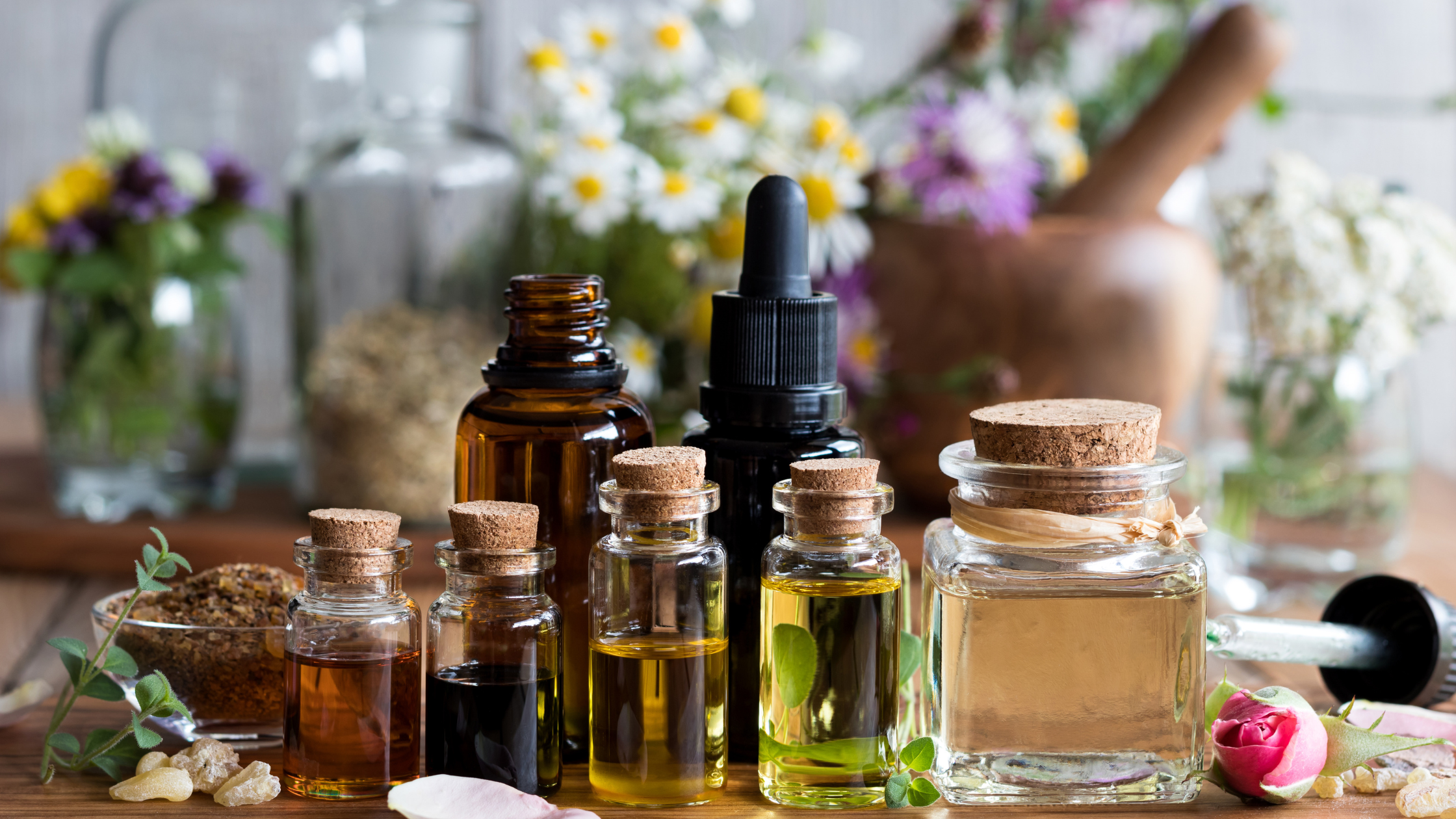
 What’s Next: Keep Using the Tools You Love Safely
What’s Next: Keep Using the Tools You Love Safely
.png?width=1326&height=405&name=EMPALogo_final_white-01%20(1).png)
 Can You Be Sued for Using Essential Oils or Crystals?
Can You Be Sued for Using Essential Oils or Crystals? How to Talk to Clients About Oils, Crystals, and Consent
How to Talk to Clients About Oils, Crystals, and Consent One practitioner does this beautifully: after the client signs their agreement containing the scope of practice and informed consent, the practitioner asks if they’re comfortable with oil on their feet. Then she places the oil in the client’s hand and asks if they’d like to
One practitioner does this beautifully: after the client signs their agreement containing the scope of practice and informed consent, the practitioner asks if they’re comfortable with oil on their feet. Then she places the oil in the client’s hand and asks if they’d like to  How to Document the Use of Support Tools in Your Practice
How to Document the Use of Support Tools in Your Practice What EMPA Insurance Does & Doesn’t Cover
What EMPA Insurance Does & Doesn’t Cover








